Peluva is a minimalist footwear brand founded by Mark Sisson (the founder of our favorite ketchup and mayo brand Primal Kitchen) and his son Kyle Sisson. Their goal was to create toe shoes that look great (instead of nerdy) and which offer both a barefoot-like experience and incredible comfort.
I found Peluva thanks to an Instagram ad, got intrigued by the design, and purchased a pair. Specifically, I bought a pair of the Strand, the company’s answer to traditional lightweight trainers. I liked my Strands so much that I decided to get a second pair for working out.
I also purchased the Miami (a sporty and comfortable loafer) and the Napa (a full-grain leather sneaker) shortly thereafter.
In this Peluva review, I’ll cover the following:
- How conventional footwear negatively impacts your health and wellness.
- Why proper toe spacing is essential.
- What to look out for when purchasing minimalist, barefoot or toe shoes.
- Why I wear my Peluvas every day for working out, eating out and everything in between.
- Why Peluva shoes are better than most competitive minimalist and barefoot shoes.
I’ll also share a discount code for 10% off your first pair of Peluva shoes.
Peluva Shoes
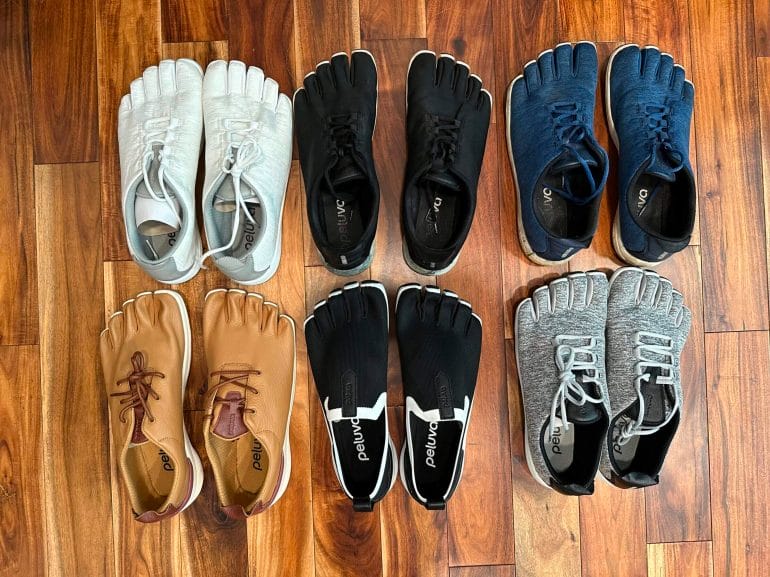
Summary
I love my Peluva shoes because they offer all the benefits of barefoot shoes while featuring a socially-acceptable design and outstanding comfort. I wear my Peluvas daily for CrossFit, grocery shopping, walking the dog and almost all other activities.
Why Conventional Shoes are Bad for Your (Foot) Health
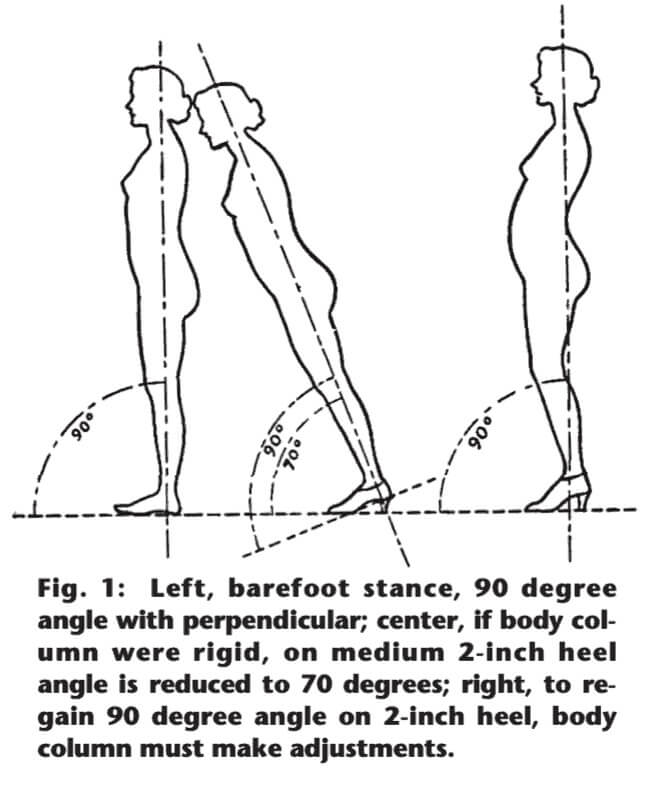
If you look at human feet before they get exposed to modern footwear, you’ll notice the natural spacing between the toes. That spacing is vital for maintaining proper balance. The naked soles of our feet are also crucial for providing tactile feedback to the brain, and for helping to distribute your weight for optimal balance and posture.
Most modern footwear fails to facilitate any of those feedback and weight distribution mechanisms. Instead, conventional shoes have thick or cushy soles that provide almost zero feedback to the brain about the surface you’re walking on.
Additionally, the toe boxes of most shoes are so tight that they push the outer toes inwards, leading to bunions (aka hallux valgus), which are bony bumps that form on the joint at the base of your big toe.
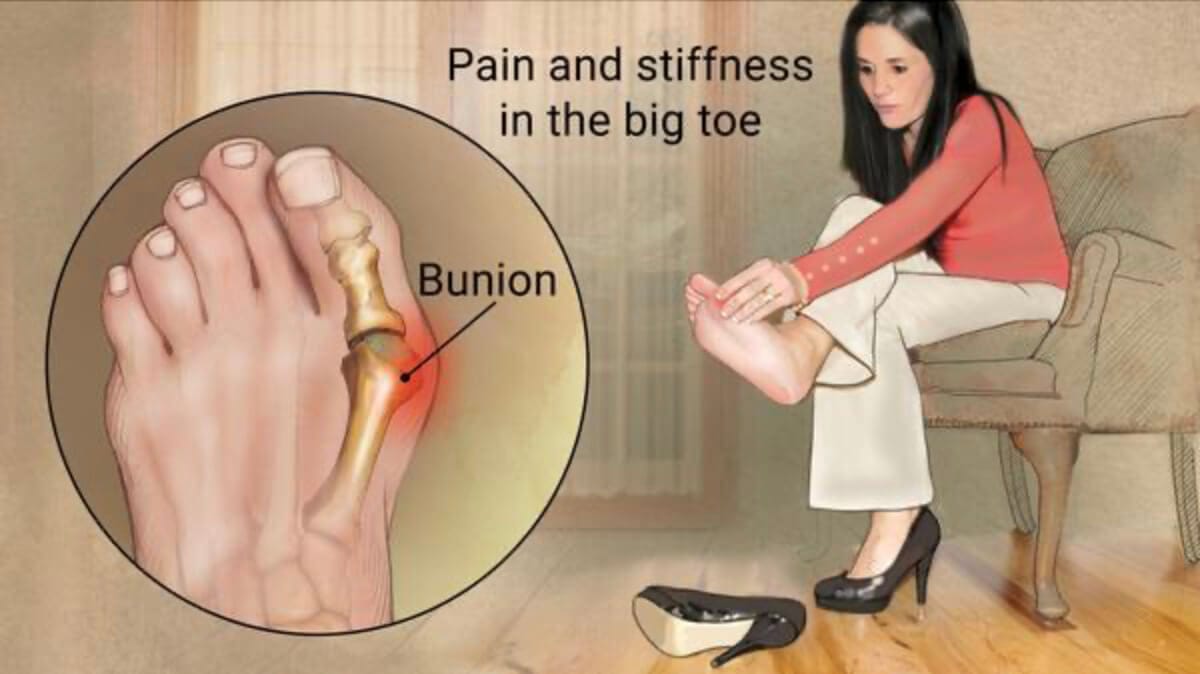
Bunions aren’t just a cosmetic concern. They actually alter the structure of your feet, leading to stiffness and pain. More importantly, alterations of bone structure in your feet can cause changes in your natural gait and posture, and negatively impact how you walk.
Additionally, most regular shoes elevate your heel, which forces your body to compensate by changing its posture. This can lead to back pain and other issues.
To reverse the damage done by conventional footwear, or to prevent your foot health from deteriorating, it’s essential to wear shoes without thick or cushy soles that provide sufficient toe space or clear toe separation (i.e., toe shoes). Of course, the best thing you can do for your foot health is to walk barefoot as much as possible.
Unfortunately, walking barefoot isn’t always feasible or socially acceptable. That’s where Peluvas can help. They offer all the benefits of minimalist toe shoes but are designed to be as stylish and functional as possible.
Why Supportive Shoes Are Often Counterproductive
Supportive shoes are similar to Band-Aids; they can help treat a symptom, but they won’t fix the root cause of the problem. In other words, wearing supportive shoes isn’t likely to help your foot issues go away over time.
That’s why I’m not a fan of supportive shoes unless they’re used only temporarily and in combination with proper exercise to strengthen the muscles and ligaments of your feet. If you just wear supportive shoes without doing anything else, you’re preventing your feet’s support muscles from becoming stronger and more functional.
Peluva Barefoot Minimalist Shoes Review
Pros
- Available in a variety of styles (for men and women).
- Incredibly comfortable and versatile.
- Provides a barefoot-like experience and proper toe spacing.
- Can help prevent injuries and improve recovery.
Cons
- Some purists prefer even thinner soles.
- Laces could be shorter.
- Pricing.
I also own Vibram FiveFingers and several styles of Xero shoes, including sneakers and sandals. They’re all excellent shoes for supporting optimal foot health and proper posture, but my Peluvas are the ones I wear the most, thanks to all the factors I’ll cover in the following paragraphs.
Traction
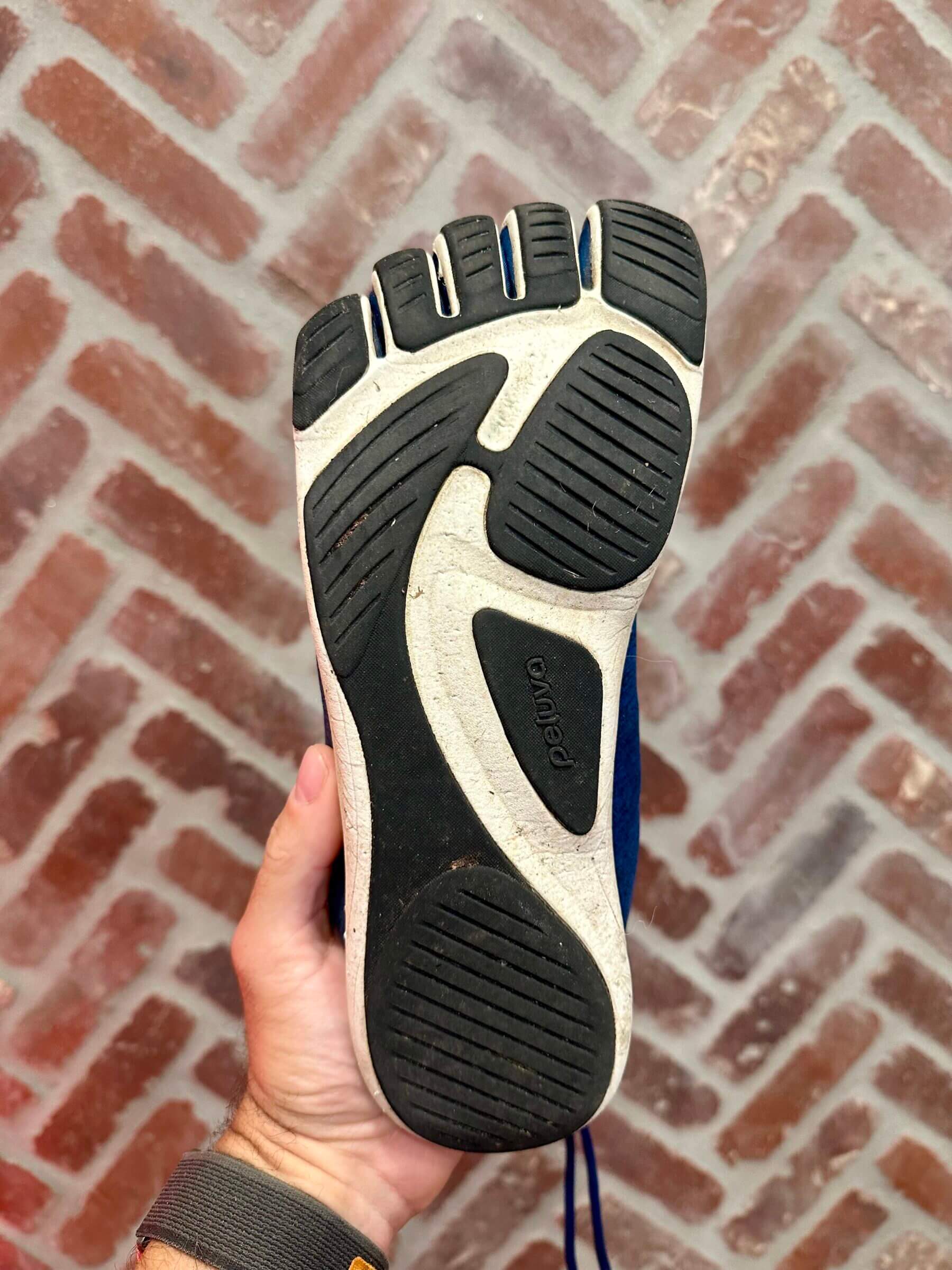
The outer sole of Peluva shoes was designed to provide excellent traction if you want to wear them for running, hiking or similar activity types. I’ve exclusively worn my Peluvas for CrossFit workouts that involve running, sprinting, lifting and jumping, and I like how they perform.
However, I recommend not wearing socks for workouts that involve lateral movements or turns, such as box jump-overs or burpees over the bar, because socks increase the likelihood of your feet sliding in the shoe.
Another potential issue I discovered during a workout involving the rowing ergometer was the strap placement that holds your feet in place. I like the strap to go over my toes instead of my forefoot. Considering how flexible Peluvas are, especially around the toe pockets, I didn’t feel as securely strapped in as I would have with regular training shoes.
As a result, I’ll probably wear regular wide box shoes for rowing workouts going forward, or move the strap down over my forefoot.
Durability
My first pair of Peluvas still look fantastic after more than five months of daily wear. My dedicated workout Peluvas have seen some severe abuse from rope climbing, chalk, dirt, mud and more, but they’re also still in excellent condition (after four months of use), with the exception of some scuffing on the side of the sole that was likely caused by friction during rope climbs.
So overall, I’d say my Peluvas have been holding up as well as my regular workout shoes, including Nike Metcons and Reebok Nanos.
Water Resistance
Peluvas aren’t water resistant, but most models can safely get wet. In other words, if you walk through damp grass with Peluvas, your feet will get wet but your shoes won’t be ruined. I’d just avoid exposing Peluvas made with leather to water, and gently dry them if they do get wet.
Ease of Cleaning
Peluva shoes are relatively easy to clean. If my Strands get dirty, I usually wipe them down with a damp cloth or rinse them with warm water. If they’re muddy or smelly (from wearing them barefoot), I soak them in a bucket with warm water and a non-toxic laundry detergent or baking soda before letting them dry completely in the sun.
If I’ve worn them barefoot, I usually stick an old sock filled with baking soda into the shoe to absorb moisture and odor. That reduces the chance of the shoes getting smelly over time.
Peluva Styles
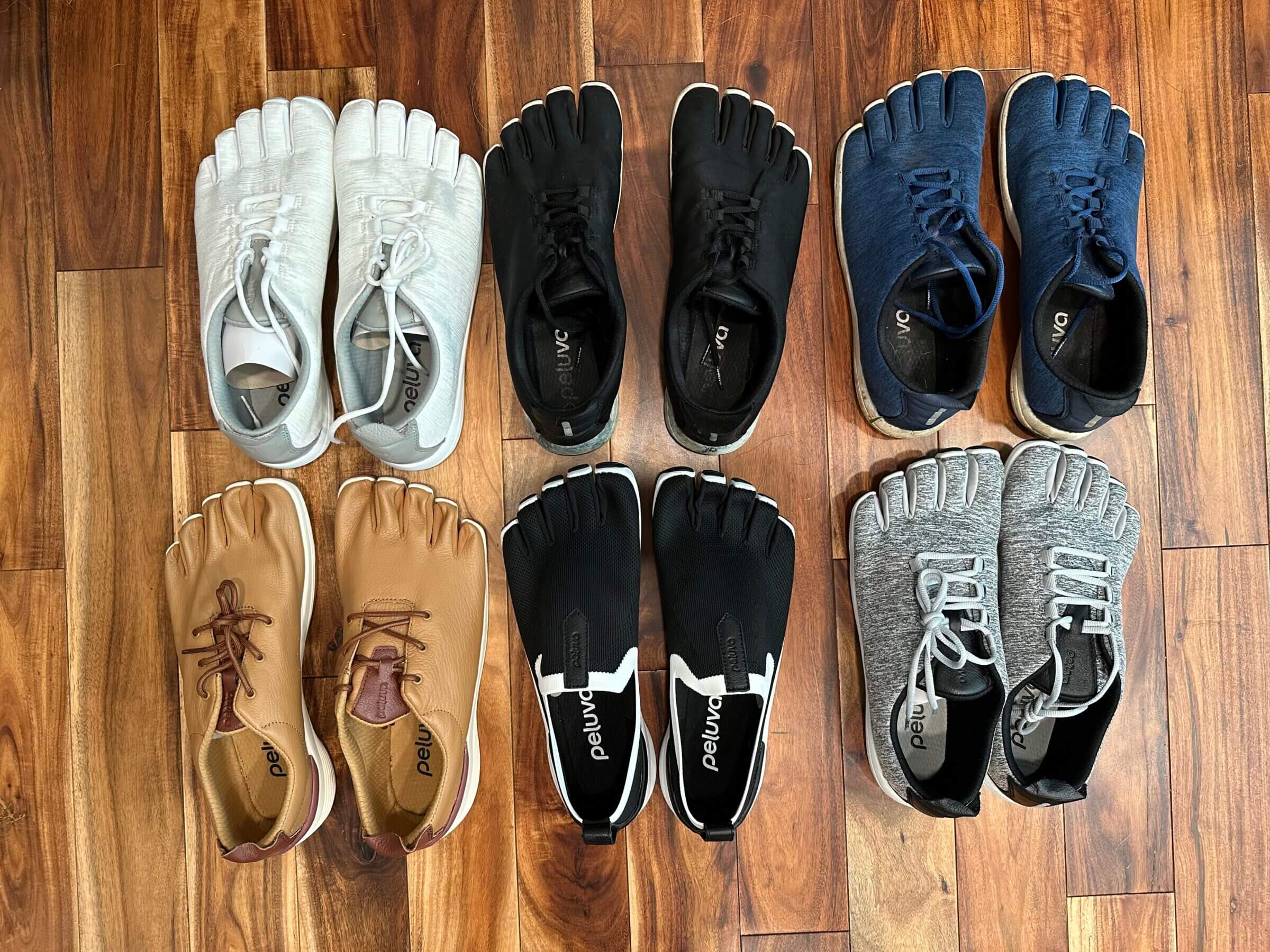
One thing I love about Peluvas is their style. I’d even argue that Peluvas are the best-looking toe shoes on the market, enabling you to wear them for almost any occasion. Perhaps my wife wouldn’t have approved of me wearing Peluvas for our wedding, but everything else is pretty much fair game with these shoes.
Peluvas are available in a variety of styles and materials for both men and women, including:
- The Strand: A lightweight trainer I wear for running, lifting, high-intensity interval training and walking the dog.
- Miami: A sporty and comfortable loafer I wear for running errands, casual walking, or when I don’t want to bother with laces.
- Napa: A full-grain leather sneaker I wear for date nights and similar occasions. The Napa is currently only available for men.
- Desert Boot: A traditional desert boot design for urban trekking or traveling, redesigned for a luxury barefoot experience. The Desert Boot is the only style of Peluvas I don’t own, so I have no hands-on experience with it.
All styles except the Desert Boot are available in various colors. It’s also worth noting that the Strand and Desert Boot feature a thinner sole (9 mm) than the Miami and Napa, which have a 12 mm sole. The thicker sole makes the Miami and Napa more comfortable to wear over extended periods, but I’ve worn the Strand for conferences where I had to be on my feet all day with zero discomfort.
Function (Sole and Toe Spacing)
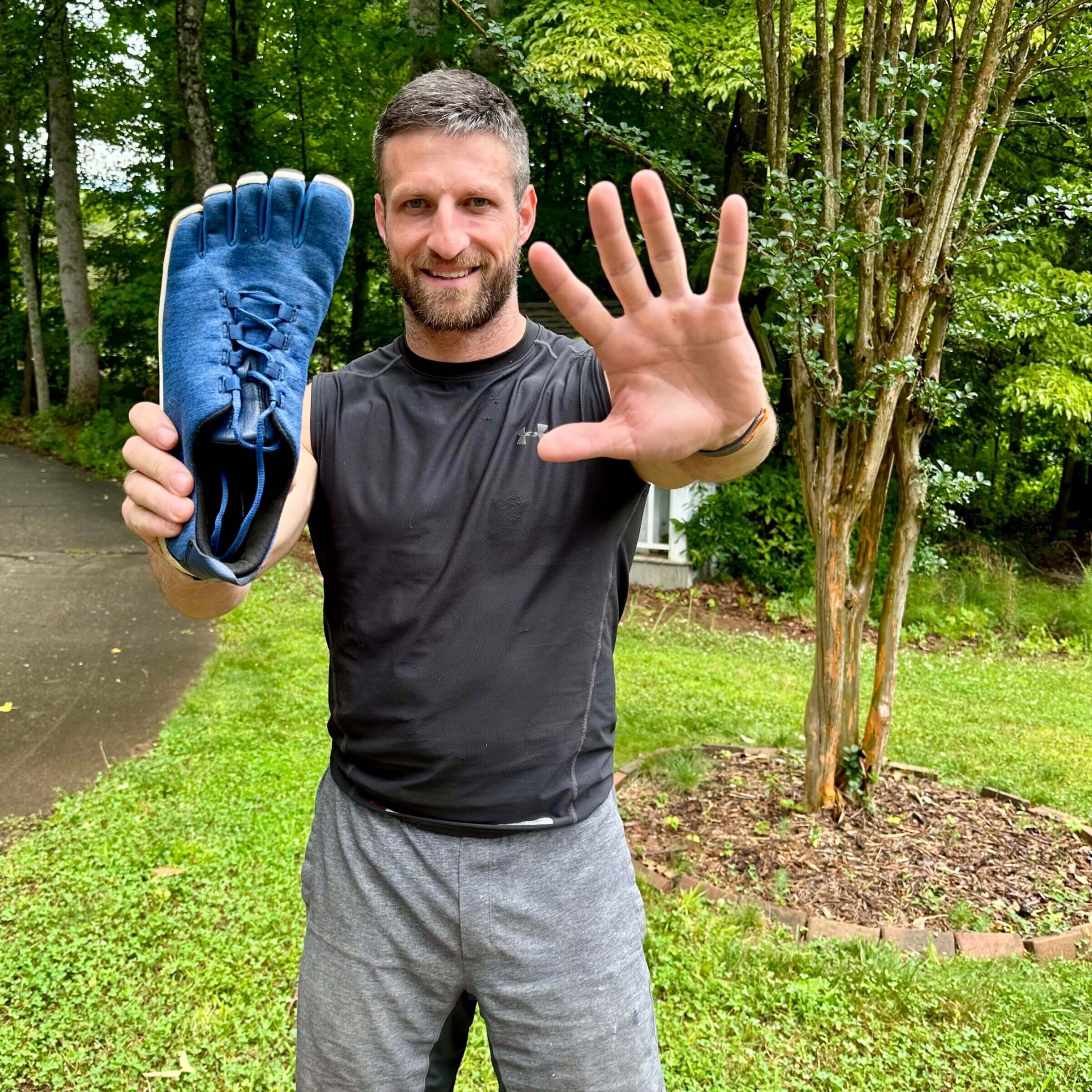
Regardless of what style of Peluvas you pick, they all offer excellent toe separation and zero heel drop. This means that the shoes have a completely flat sole, with your heel and forefoot on the same level.
It shouldn’t come as a massive surprise that ideal footwear should have zero drop, considering that this best mimics our natural foot position when walking barefoot. In fact, this enables us to use all of the over 100 muscles in our feet for support, balance and strength.
I used to work in sales and had to attend trade shows several times per year. That usually meant standing at a booth or walking the show floor for days in a row. At the end of each day, my feet and lower back would hurt from wearing conventional shoes for eight to 10 hours. A few weeks ago, I attended a biohacking conference where I walked the show floor for two days straight. I was wearing my Peluvas (The Strand) and felt zero fatigue or pain in my feet or lower back. I attribute that to better posture and stronger muscles.
Some purists might say that a 9 mm sole is too thick to be considered a barefoot shoe, but I’d argue it’s a sweet spot that provides you with most of the benefits of barefoot shoes and enough comfort to make you want to wear them all the time.
Regarding the toe spacing, I appreciate wide box shoes but prefer toe shoes that force my toes into the proper separation. Even though I’ve never worn high heels and don’t have bunions, my index and pinky toes have gotten squeezed by wearing too-narrow shoes over decades. The individual toe boxes of the Peluvas have helped realign my toes and increase the separation between them.
I must admit that slipping into my Peluvas was a struggle at first. I almost had to get every toe into the proper slot individually, which meant spending three times as long to put my shoes on as usual. That was annoying, but it lasted only a few days until my toe separation improved and I gained the muscle memory to slide into each slot without issues.
Fit and Comfort
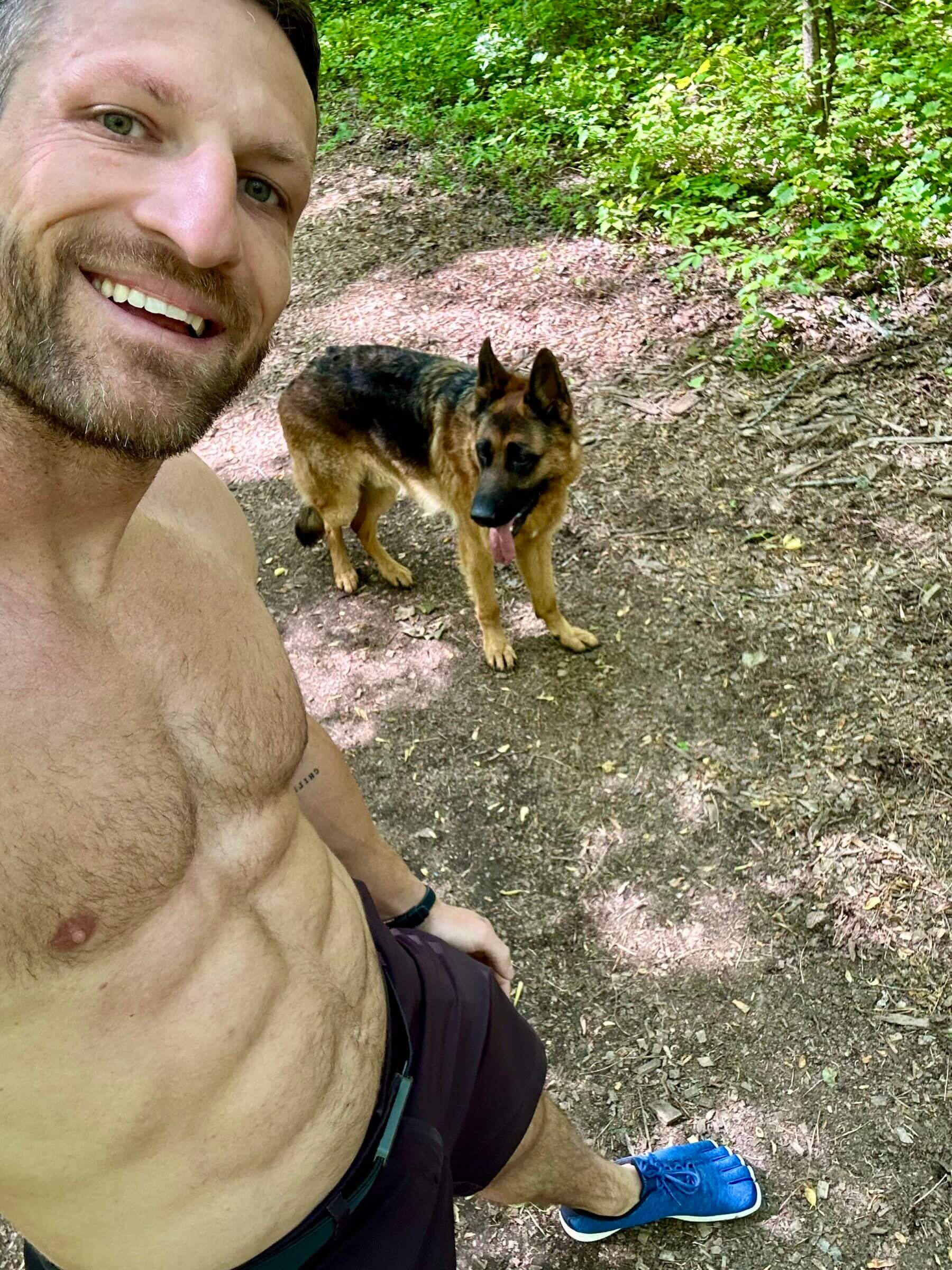
One of the key selling points of Peluvas (besides their style and design) is how comfortable they are. Even the models with the thinnest sole (the Strand and Desert Boot) are extraordinarily comfortable, and you can wear them all day without feeling achy, sore or fatigued.
As mentioned above, I’ve been wearing my Strands for multi-day conferences and most CrossFit workouts. I run, jump, climb rope and lift heavy weights wearing Peluvas, and they feel great.
As far as the fit is concerned, all Peluvas fit true to size. So if you usually wear 11.5 (like I do), you can get your Peluvas in 11.5, and they’ll fit just fine. Even if you have relatively wide feet, most Peluvas should fit you well. That’s especially true for the Strand and Miami models, which are made with a stretchy fabric that wraps around your feet like a comfortable glove.
I usually wear my Peluvas barefoot, but even with socks (Peluva sells unisex toe socks), the shoes fit me well.
Pricing
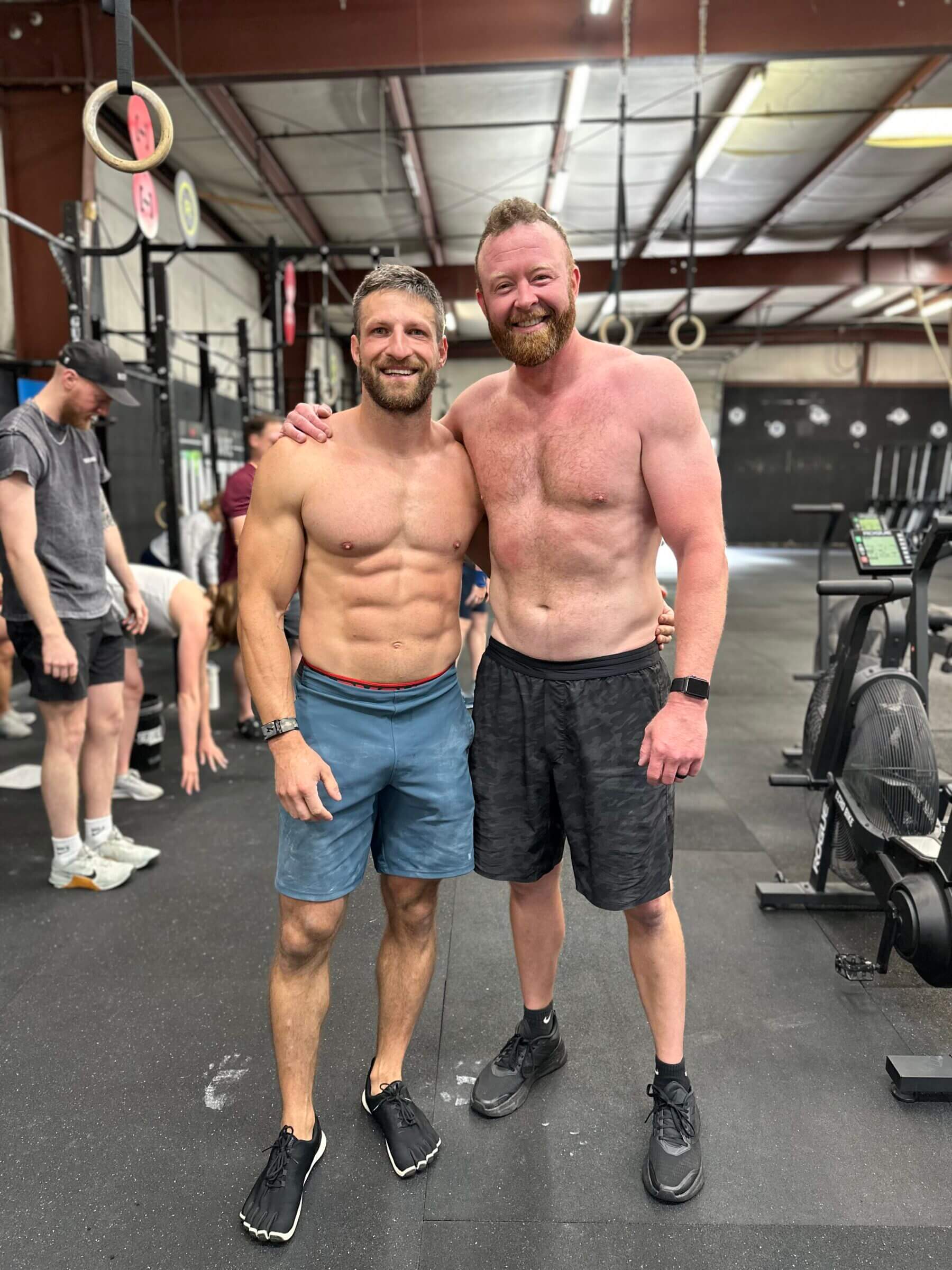
Considering the quality of materials, their excellent comfort and their functionality, I think Peluvas are priced reasonably. But they’re certainly not the cheapest shoes you can buy.
The least-expensive Peluva shoes are the Strand, which retail for $139.99, followed by the Miami ($159.99) and the Desert Boot ($179.99). The Napa are the most expensive style at $199.99, but they’re made with premium leather. A pair of toe socks sets you back by $10.
If you’d like to get your pair of Peluva minimalist shoes, make sure to use my affiliate code Michael during checkout for a 10% discount.
What Peluva Could Improve
I’m incredibly happy with my Peluvas, but I’d prefer each pair of shoes to come with a second (shorter) set of laces. The laces that come with most Peluvas (except for the loafers) are incredibly long, requiring a double knot to prevent me from stepping on them. Maybe that’s because I have narrower feet than other customers, but I’m sure I’m not the only one noticing it.
The other thing Peluva could improve is to offer a shoe with an even thinner sole than the Strand and Miami (both of which feature a 9 mm sole). While a thinner sole would mean less comfort, it would satisfy barefoot shoe purists and thus help increase the company’s market share. I’ve heard that Peluva is considering releasing shoes with thinner soles, so it’s likely just a matter of time for this to become a non-issue.
How to Shop for Barefoot Shoes
There are several factors that I take into consideration when shopping for minimalist or barefoot shoes, including:
- Toe spacing and separation. Ensure your toes have enough space to spread naturally. Toe shoes are even better than wide box shoes because they facilitate proper toe separation.
- Sole thickness and flexibility. It’s important to feel the texture of the ground you walk on. If the sole is too thick or provides too much cushion, you won’t be able to get that tactile feedback.
- Zero drop. Ideal shoes allow your toes and heels to remain on the same level to mimic barefoot walking.
- Comfort. You should be able to walk or run in your shoes for extended periods, regardless of the terrain. That’s why I prefer shoes with thin soles that provide tactile feedback but are still thick enough to offer enough comfort.
- Style and design. I don’t care much about what most people think of my style choices, but I prefer wearing shoes that don’t make my wife uncomfortable when we’re out together.
Most high-quality barefoot shoes on the market check off requirements 1-4 or 2-5. Peluva is the only brand I’ve found that meets all five requirements.
For example, my Vibram FiveFingers offer excellent toe separation and they have an incredibly thin (zero drop) sole that offers fantastic tactile feedback. But they’re uncomfortable if you have to wear them on asphalt, concrete or similar hard surfaces all day. Plus, they look nerdy, and my wife wouldn’t allow me to wear them to dinner at a nice restaurant.
The Xero shoes I own look like regular sneakers, offer a relatively thin sole (zero drop), and are comfortable. But they don’t offer the same toe separation as the Peluvas.
You can see my full list of the best barefoot shoes I’ve tried to learn more. In my view, Peluvas offer the best possible combination of form and functionality.
Frequently Asked Questions
Most people think it feels weird at first. I did too, but I got used to it within a few days. I’ve been wearing Peluva shoes for months and have gotten used to the toe separation. As a result, I feel weird wearing regular shoes. Specifically, I feel like I don’t have enough space for my toes in my regular workout or running shoes without proper toe articulation.
I firmly believe Peluvas (and minimalist shoes in general) are good for people with flat feet (or high arches), despite what you might have heard.
For starters, a study published in 2018 in the International Journal of Environmental Research and Public Health found that arch height doesn’t impact pain or function of the foot. Additionally, a randomized controlled trial of two types of in-shoe orthoses in children with flexible excess pronation of the feet (i.e., flat feet) found that adding orthotics made no statistically significant difference.
However, there is research strongly suggesting that foot exercise can improve flat feet and wearing minimalist shoes, such as Peluvas, is an excellent way to exercise your foot muscles.
Of course, I’d recommend adding traditional foot exercises besides walking barefoot or wearing barefoot shoes if you have flat feet.
You can wear Peluvas if you have problems with hammer toe, but it might feel awkward at first to have your toes in separate compartments. Rest assured, you’ll get used to it and depending on how severe your hammer toe is, you might even be able to correct some of the misalignment.
Yes, Peluva offers The Strand, which I consider an ideal barefoot running shoe because it’s zero drop, and its sole is thin enough to provide tactile feedback but thick enough to be comfortable for trail running and for longer runs on hard surfaces.
Peluva offers the Napa, a full-grain leather sneaker that can double as dress shoes. For a slightly more casual appearance, you could also consider the Miami, which is available for both men and women.
Peluva doesn’t offer hiking boots, but you can wear the Strand for hiking or urban trekking. I’ve been wearing my Strands on casual hikes and while walking on trails through the woods.
If you wear shoes without socks, order can start to build up. That’s true for any shoes, but people are more likely to wear barefoot shoes without socks, making it a bigger problem with this particular type of footwear.
After wearing my Peluvas, I add a couple of scoops of baking soda to a pair of old socks and stuck them into my Peluvas. The baking soda absorbs the smell and neutralizes the odor-causing bacteria. If your shoes start smelling, pour a few tablespoons of baking soda into each shoe and leave them in the sun for 24 hours.
If that doesn’t help, you can hand wash them with warm, soapy water or stick them in the washer using a gentle cycle and warm water.
Why Peluva Offers the Best Barefoot Shoes
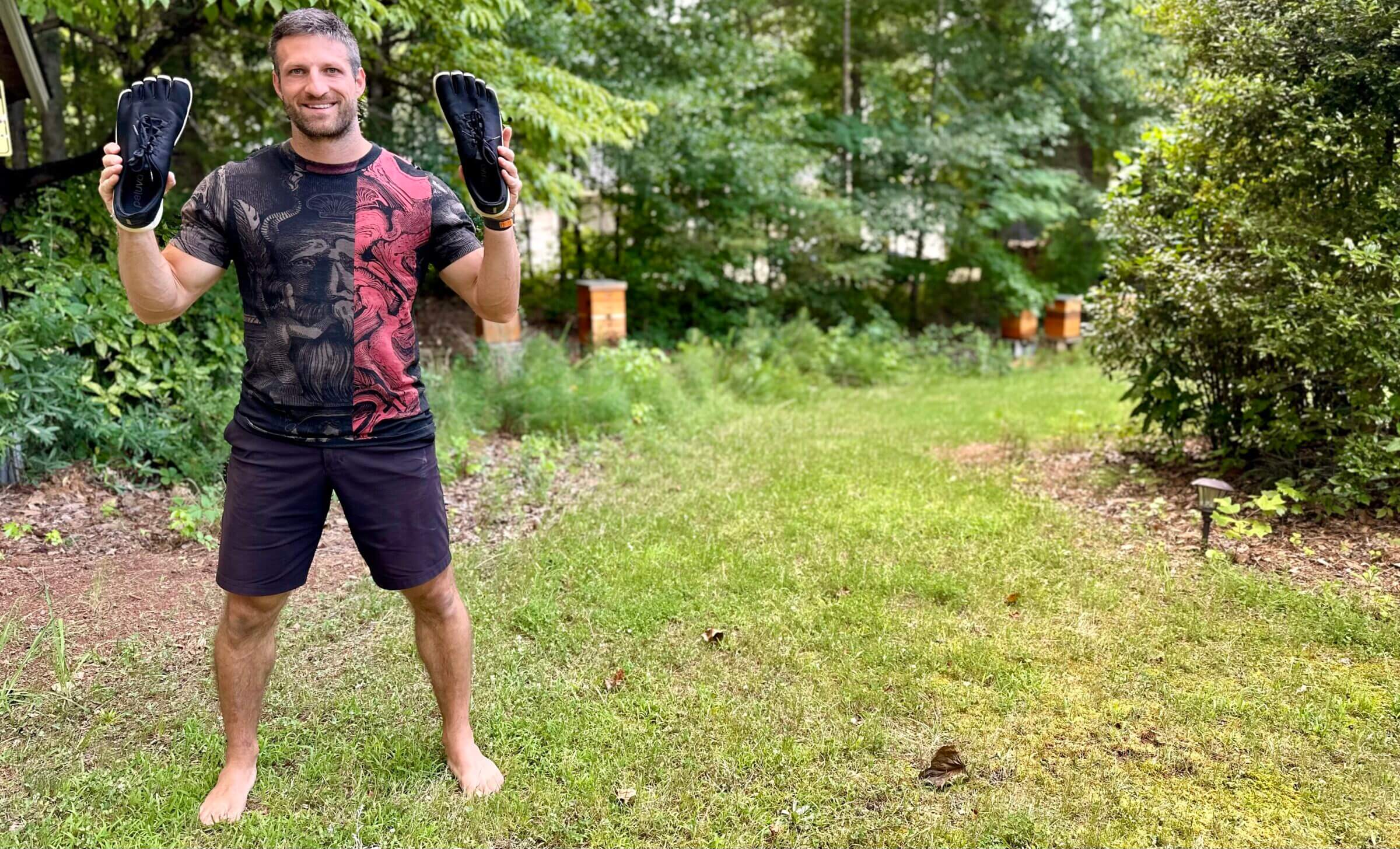
The best thing you can do to improve or maintain your foot health is to walk barefoot as much as possible. If that’s not feasible or socially acceptable, wearing minimalist or barefoot shoes is the next best thing.
I’ve been wearing minimalist shoes for a few years and like many of the models that I own. However, the shoes I fell in love with are Peluvas because they strike the right balance between form and function. Depending on the model, I can wear them during intense CrossFit workouts and heavy weightlifting sessions but also to take my wife out to dinner or walk the dog.
The versatility of Peluvas is what makes me want to wear them all the time when walking barefoot isn’t an option.
Do you own barefoot or minimalist shoes? If so, what brand do you prefer, and what changes have you noticed since you started wearing them? What has prevented you from purchasing a pair if you don’t own barefoot shoes? Let me know by leaving a comment below.

Michael Kummer is a healthy living enthusiast and CrossFit athlete whose goal is to help people achieve optimal health by bridging the gap between ancestral living and the demands of modern society.
Medical Disclaimer
The information shared on this blog is for educational purposes only, is not a substitute for the advice of medical doctors or registered dieticians (which we are not) and should not be used to prevent, diagnose, or treat any condition. Consult with a physician before starting a fitness regimen, adding supplements to your diet, or making other changes that may affect your medications, treatment plan or overall health. MichaelKummer.com and its owner MK Media Group, LLC are not liable for how you use and implement the information shared here, which is based on the opinions of the authors formed after engaging in personal use and research. We recommend products, services, or programs and are sometimes compensated for doing so as affiliates. Please read our Terms and Conditions for further information, including our privacy policy.
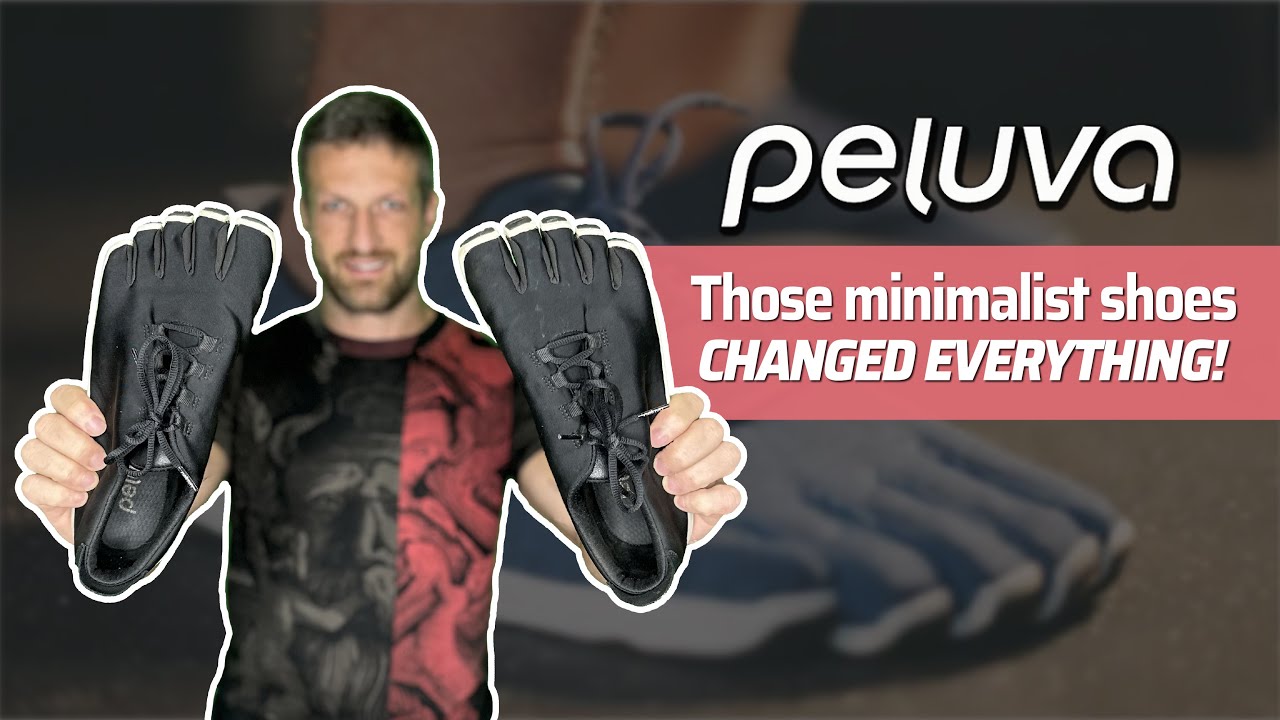
Appreciate this review and agree 100%. I have bought 10+ pair of Vibrams over the years and just got my first Peluva pair (Strand) yesterday. All your points are spot on. I am peeved they charged me $10 for “free socks” that came a size too small, and am hoping they come back with some kind of credit as I am ready to join you with Miami and maybe one more!
Thanks, Andrew! I appreciate the feedback and hope you’ll get the socks issue ironed out!
Update: was immediately credited the $10 and learned that you can only use one discount per order. So I used the $10 refund and “MICHAEL” for 10% off my purchase of Miamis which came today. Love ‘em already. As you said, Peluva found the sweet spot!
Awesome, Andrew. Thanks for the update!